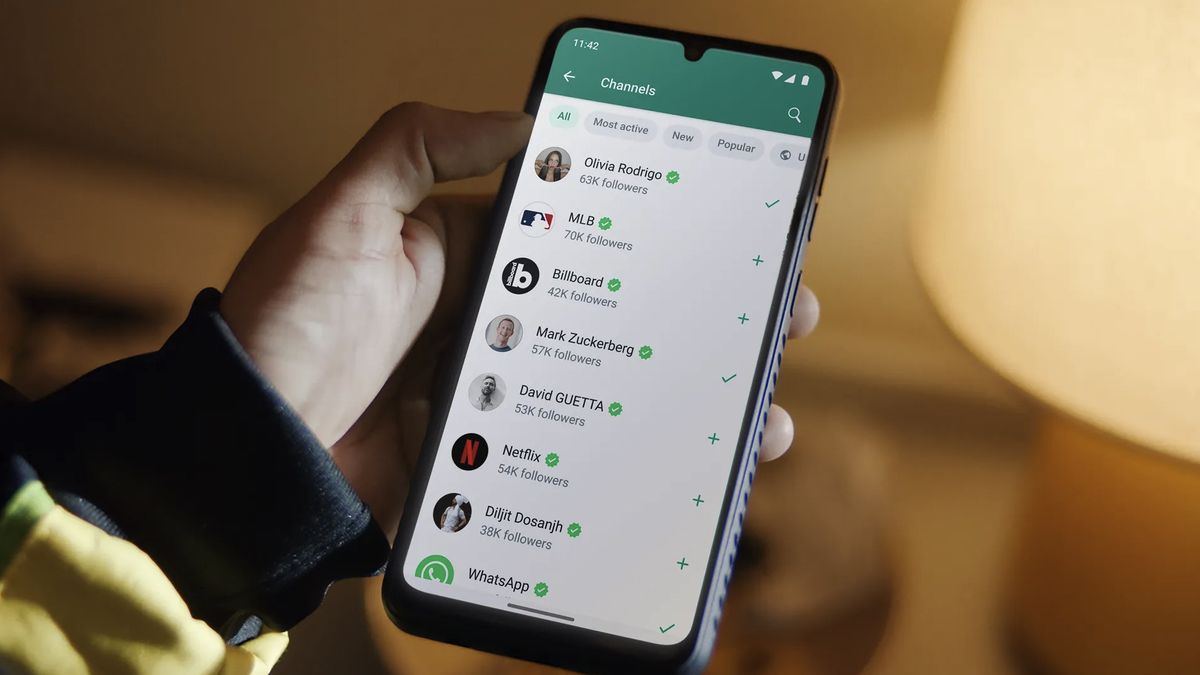The iPhone 17 series launched just over a month ago, but Adobe’s camera app Project Indigo still doesn’t support the latest iPhones — you can run it on an iPhone 12 Pro if you have one handy, but I can’t use it on the iPhone 17 Pro on my desk. The holdup seems to be due in part to trouble with the phone’s new selfie camera, according to a post on Adobe’s forum (spotted by a keen-eyed redditor). And although it seems the wait might be over soon, support for the selfie camera might not be available right away.
Product manager Boris Ajdin has been relaying information about Project Indigo’s updates to eager fans on Adobe’s community forums, and he posted an update on October 16th with more information about the delayed iPhone 17 support. “We are working hard on it, and we have run into some issues, especially with the front camera. Some of them we flagged to Apple, who have made a fix and will ship it with iOS 26.1. Sadly, that means we need to consider disabling the front camera in Indigo until that version of iOS is shipped,” his post reads.
The team hoped to release that update “in a couple of days,” though it’s clear now that more time was needed. Responding to another comment in the thread today, Ajdin says he is “hoping that we can release an update this week.” I reached out to Adobe to ask for more details about the challenges the selfie camera has posed; Adobe spokesperson Erin Di Leva referred me to the aforementioned forum posts.
The iPhone 17 series included the first major update to the selfie camera since switching to a 12-megapixel sensor in the iPhone 11. The 17’s 18-megapixel front camera sensor is square, allowing it to capture both portrait and landscape orientation images without rotating the whole phone (or losing a lot of resolution to cropping). It also uses Center Stage controls to automatically follow subjects around the frame and change orientation when more people join the photo. It’s a useful update to a well-used camera, though not everyone is a fan of the image quality.
Project Indigo gained a faithful following when it debuted this summer, offering more natural processing compared to the typical smartphone camera “look” most native camera apps produce. It’s the product of a team led by Marc Levoy, who’s known for his work on the Google Pixel camera and its pioneering use of computational photography. Indigo is an “experimental” app and is so far only available on iOS; Android owners are still waiting for support, which Levoy told me earlier this year is “definitely on the ‘want’ list,” though is likewise quite challenging. I have a feeling iPhone 17 owners are going to get their Indigo support before Android does.
Follow topics and authors from this story to see more like this in your personalized homepage feed and to receive email updates.

 1 month ago
49
1 month ago
49









 English (US) ·
English (US) ·